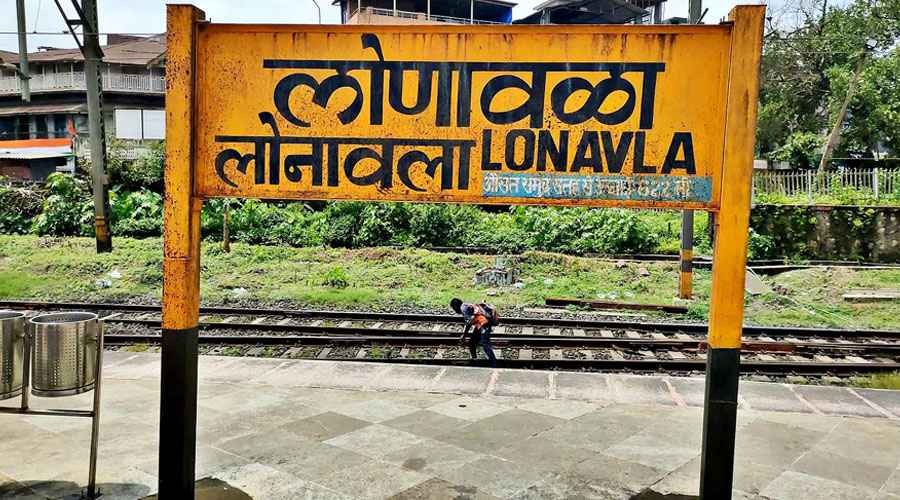Located on the banks of the serene Sabarmati River in Ahmedabad, Gujarat, the Sabarmati Ashram stands today as a living symbol of India’s freedom struggle and the values propagated by Mahatma Gandhi. More than just a tourist spot, it is a place deeply intertwined with the history of India’s independence, moral ideals, and the philosophy of non-violence. Gandhi lived here for over a decade, and it became the center for many pivotal movements that shaped the future of the nation.
Historical Background
The Sabarmati Ashram was established in 1917 after Gandhi returned from South Africa and began working extensively in India. He initially set up the Kochrab Ashram, but later moved to this site beside the Sabarmati River due to its proximity to both the prison and a crematorium—symbolic of sacrifice and discipline. Gandhi believed that the surroundings reminded one of life’s impermanence and moral duty.
From 1917 to 1930, the Ashram was the center for countless campaigns against colonial rule. It witnessed rigorous training in self-sufficiency, spinning, weaving, and rural upliftment. The Ashram became famous after Gandhi launched the Salt Satyagraha or Dandi March in March 1930 from here—a peaceful protest that became a turning point in India’s fight against British salt laws.
Architecture and Layout
The Sabarmati Ashram today has been preserved as a heritage site, combining simplicity with functionality—reflecting Gandhi’s principles. Spread over a large area, it comprises several key structures that hold historical importance:
- Hriday Kunj: Gandhi’s residence at the Ashram, a modest home with bare necessities, showing his minimalist lifestyle.
- Magan Niwas: Named after Gandhi’s close associate Maganlal Gandhi, this building served as a laboratory for spinning wheel experiments.
- Vinoba Kutir: The cottage where Acharya Vinoba Bhave stayed during his visits.
- Library and Archives: Houses thousands of books, letters, photographs, and documents related to Gandhi’s life and the freedom movement.
- Prayer Grounds: Open spaces where Gandhi and his followers gathered for community prayers, discussions, and ideological teachings.
The atmosphere is peaceful, with trees, pathways, and open spaces designed to encourage contemplation, learning, and connection to nature.
Gandhi’s Activities and Philosophy at the Ashram
Sabarmati Ashram was not merely Gandhi’s residence—it was a hub of moral, social, and political training. Gandhi believed in “Sarvodaya”, or upliftment of all, and used the Ashram to teach skills necessary for self-reliance and community living.
Key activities at the Ashram included:
- Spinning and Khadi Production: Gandhi’s emphasis on Khadi was a symbol of economic independence from British goods.
- Training in Non-violence (Ahimsa): People from various backgrounds learned peaceful protest and constructive work.
- Education for Social Reform: Equality among caste, creed, and religion was encouraged, often confronting social norms like untouchability.
- Agriculture and Animal Husbandry: The Ashram promoted rural development and sustainable living.
Gandhi also maintained strict discipline in daily routines—prayers at dawn, manual work, community meals, and study sessions. He saw the Ashram as both a spiritual retreat and a training center for those who wanted to dedicate themselves to the cause of India’s freedom.
Role in India’s Independence
The Sabarmati Ashram provided a base for several major movements against British rule:
- Champaran Satyagraha (1917): Though conducted in Bihar, Gandhi planned strategies from the Ashram to help indigo farmers.
- Kheda Satyagraha (1918): Organized support for farmers in Gujarat struggling under oppressive taxes during famine.
- Salt March (1930): The 241-mile journey from Sabarmati to Dandi to protest colonial salt laws. This event gained worldwide attention and symbolized the power of peaceful resistance.
Each of these movements was deeply rooted in the principles nurtured at the Ashram: truth (Satya), non-violence (Ahimsa), and self-reliance (Swadeshi).
Today’s Sabarmati Ashram
Presently, the Ashram operates as a museum and educational center under the Sabarmati Ashram Preservation and Memorial Trust. It attracts visitors from around the globe—students, historians, leaders, and tourists. The museum is divided into sections, including:
- Gandhi Smarak Sangrahalaya: Showcasing Gandhi’s belongings, manuscripts, and relics.
- Painting Gallery: Artistic depictions of Gandhi’s life and work.
- Letter Archives: Original handwritten letters by Gandhi to family, friends, and political leaders.
- Photo Exhibits: Rare photographs of the independence movement, Gandhi’s travels, and community initiatives.
Interactive displays and guided tours help connect younger generations with the historical significance of the Ashram. Moreover, various workshops are conducted on spinning, sustainability, and Gandhian principles to keep the legacy alive.
Visitor Experience
Walking through the Sabarmati Ashram feels like stepping into history. The quiet corridors, hand-written letters, and simple dwellings recreate the life Gandhi led here. Visitors can engage in:
- Spinning Activities: Learning the art of creating yarn on a charkha.
- Meditation and Prayer Sessions: Inspired by Gandhi’s daily routines.
- Educational Tours: Led by experts who narrate stories behind every corner of the Ashram.
- Riverfront Views: Offering scenic glimpses of the Sabarmati River, which was integral to the Ashram environment.
The Ashram also offers publications, souvenirs, and Khadi products that resonate with Gandhi’s vision for self-sustenance.
Cultural and Global Impact
Sabarmati Ashram stands as a timeless example of how personal discipline and collective effort can create social transformation. Gandhi’s teachings here went beyond political independence—they inspired movements worldwide for civil rights, equality, and justice. Leaders like Martin Luther King Jr., Nelson Mandela, and Dalai Lama drew inspiration from the Gandhian philosophy fostered in this Ashram.
Globally, it represents:
- Resistance through non-violence.
- Community living based on equality and sustainability.
- Education that combines moral values with practical skills.
Visiting Information
- Location: Sabarmati Riverfront, Ahmedabad, Gujarat
- Best Time to Visit: October to March (pleasant weather for exploring)
- Entry: Free for all
- Timings: 8:30 AM to 6:30 PM daily
- Nearby Attractions: Sidi Saiyyed Mosque, Calico Museum of Textiles, Kankaria Lake, and Ahmedabad’s heritage walk.
Conclusion
The Mahatma Gandhi Sabarmati Ashram continues to be more than a historical monument—it is a place of learning, reflection, and inspiration. Its relevance is as strong today as it was during the freedom struggle, reminding visitors of the values of truth, non-violence, and unity. For anyone seeking to understand the moral foundations of India’s independence, a visit to this Ashram is not just a journey into history—it is a walk into a philosophy that changed the world.



